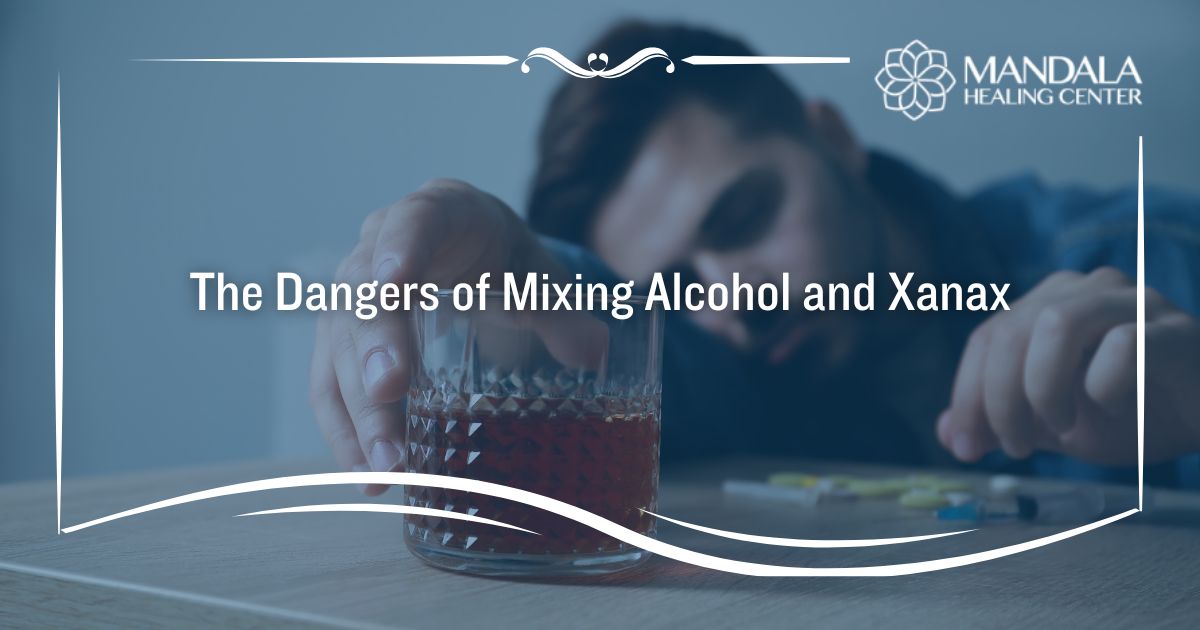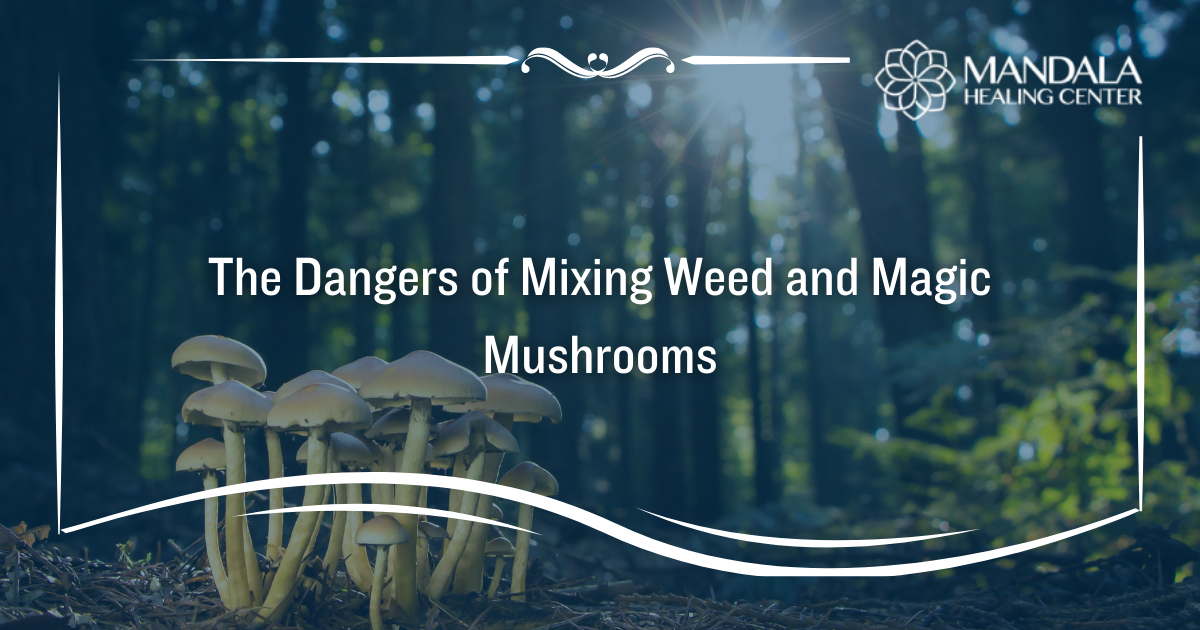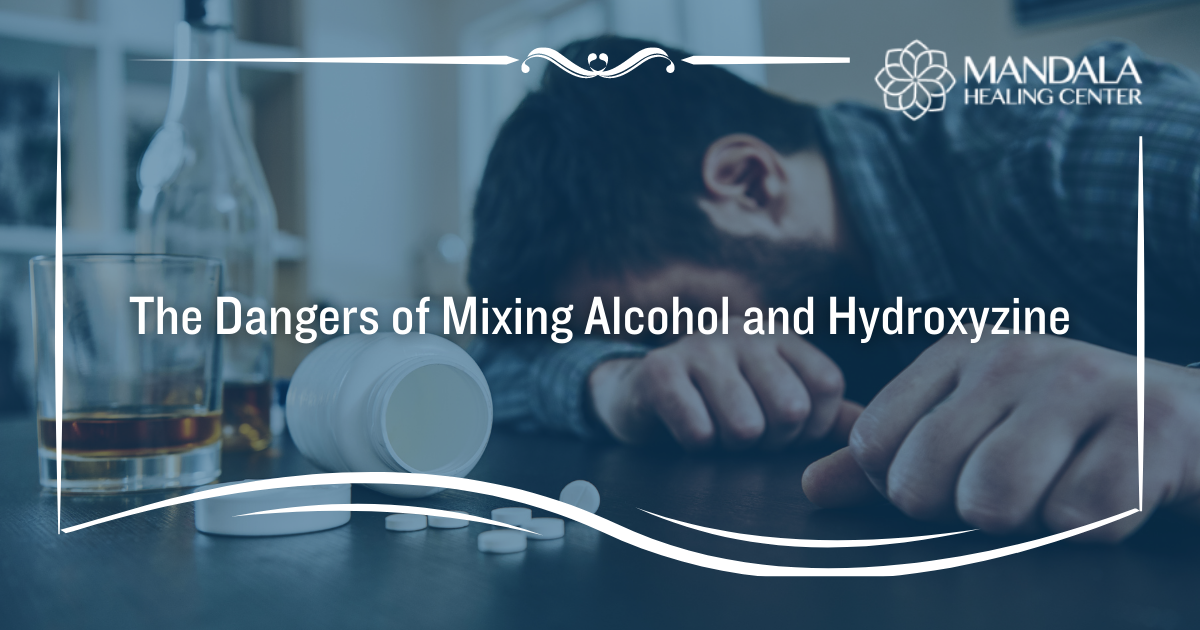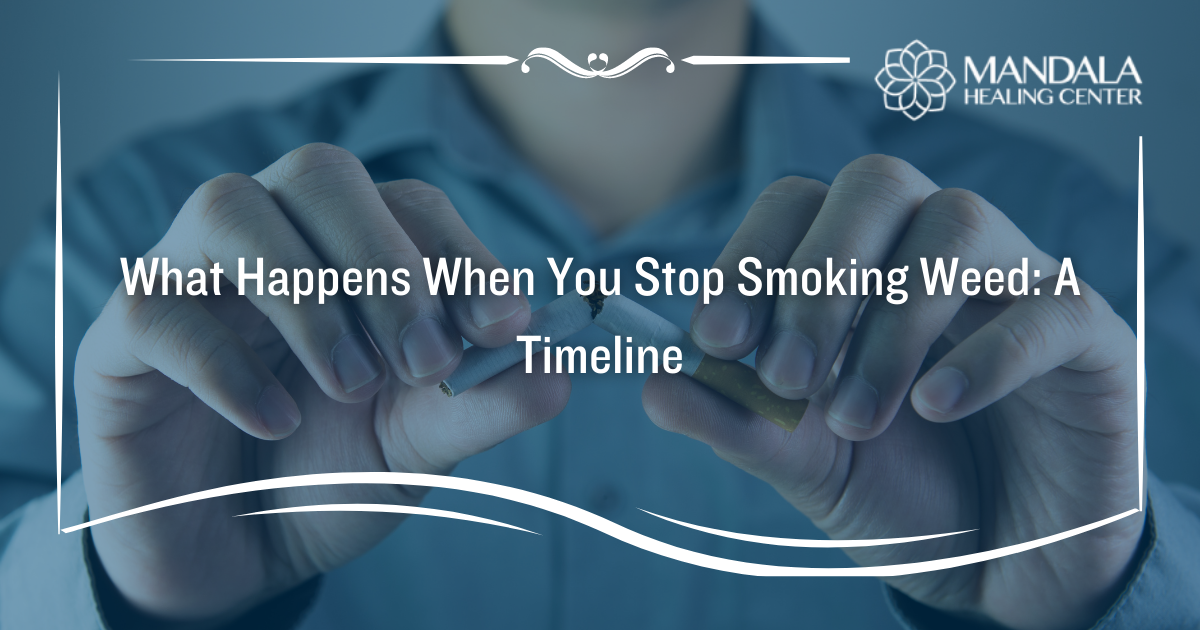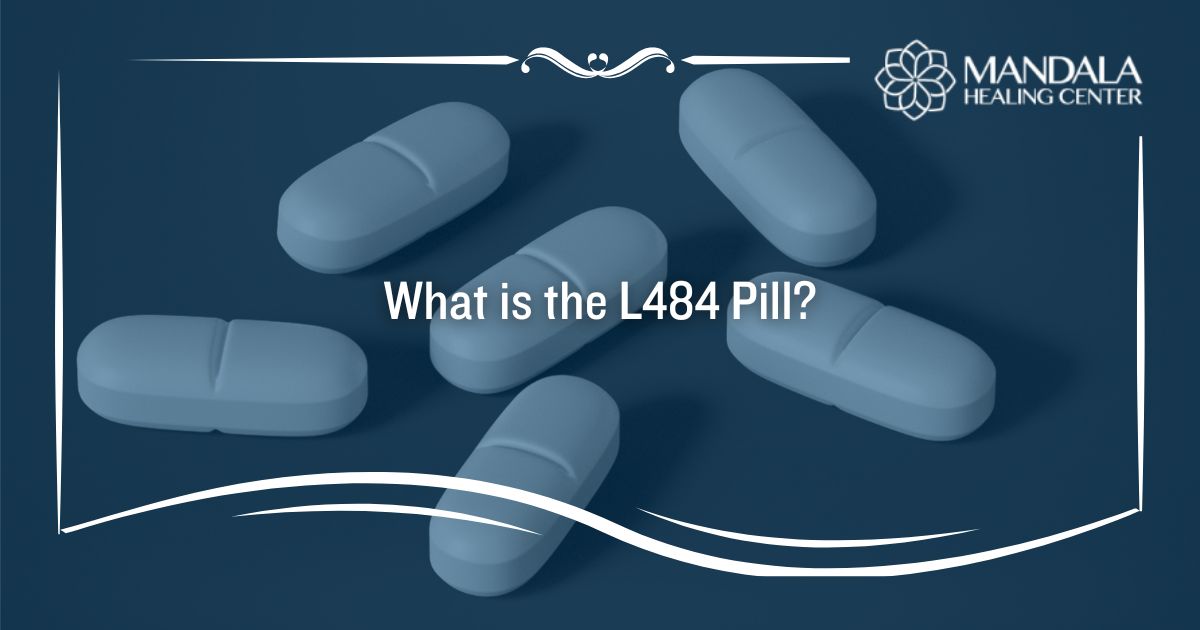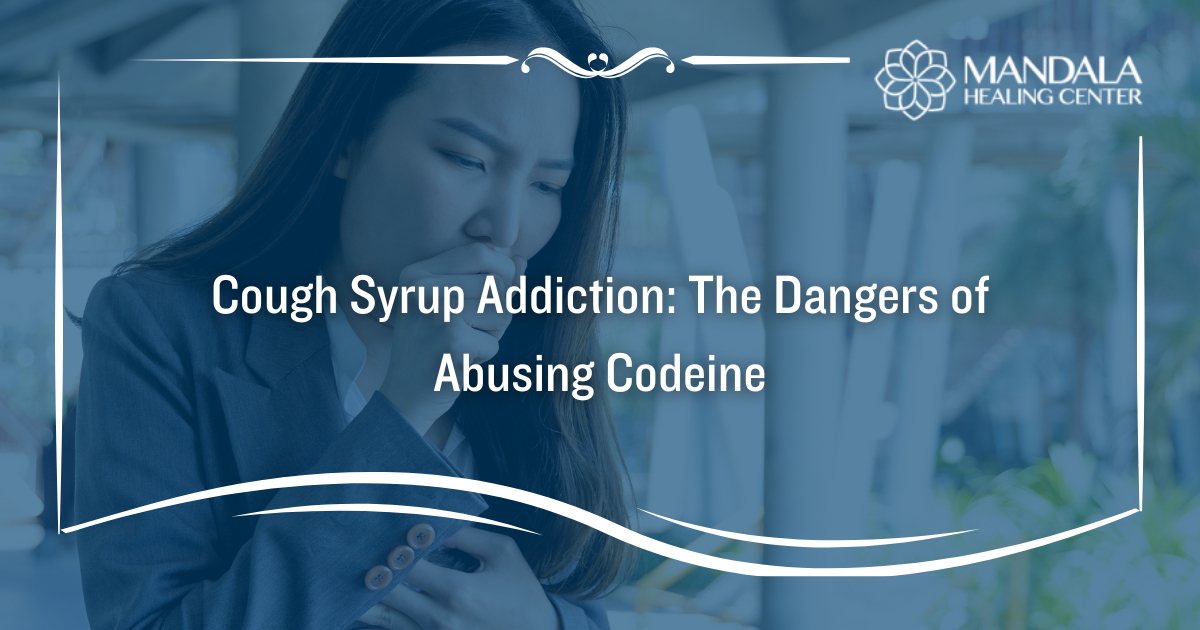Xanax is one of the most prescribed medications for anxiety, and alcohol is one of the most widely used substances. Together, they might not seem dangerous to someone looking for a way to relax or take the edge off, but this combination can be far more harmful than it seems.
If you’ve ever wondered whether having a drink while taking Xanax is really a big deal, you’re not alone.
The truth is, mixing Xanax and alcohol can have serious, even life-threatening consequences—and most people don’t hear about the risks until it’s too late.
Whether you’ve taken both substances together yourself or you’re worried about someone else who might be, we’re going to walk you through exactly why the combination of alcohol and Xanax is dangerous, what can happen, and how to find help if you need it.
What Is Xanax, and Why Is It Prescribed?
Xanax (generic name: alprazolam) is a short-acting benzodiazepine that’s commonly prescribed to treat anxiety disorders, panic attacks, and sometimes insomnia. It works by enhancing the effects of GABA, a neurotransmitter that calms the nervous system.
In simpler terms, Xanax slows things down, helping to quiet racing thoughts, reduce physical symptoms of anxiety, and bring a sense of calm.
Xanax acts quickly and wears off relatively fast, which can make it tempting to take more, especially if anxiety returns.
Over time, the brain can develop a tolerance, meaning higher doses are needed to achieve the same calming effect. This is part of what makes Xanax so easy to become dependent on, especially if someone is using it outside of medical guidance.
When Xanax is combined with alcohol, another depressant that also slows brain activity, the risks multiply.
Both substances affect breathing, coordination, memory, and judgment. Taken together, they can dangerously suppress the central nervous system, making overdose or accidental injury much more likely.
What Happens When You Mix Xanax and Alcohol?
A lot of people don’t realize just how risky it is to mix Xanax and alcohol, especially in small amounts. On their own, both substances slow down the central nervous system. Xanax is prescribed to calm anxiety and quiet racing thoughts, while alcohol has a relaxing effect that many people turn to socially or to wind down.
But together? That’s where things get dangerous.
The Immediate Effects
When Xanax and alcohol are taken at the same time, or even within a few hours of each other, the sedative effects are amplified. People often feel unusually drowsy, dizzy, or unsteady on their feet.
Speech may become slurred, reactions slow down, and it becomes hard to think clearly. Even basic coordination can be affected, making driving or walking dangerous.
What’s Happening Inside the Body
Because both substances are central nervous system depressants, combining them can slow down essential functions like breathing, heart rate, and brain activity.
In severe cases, this can lead to unconsciousness, suppressed breathing, or even coma. It doesn’t take a huge dose for this to happen—sometimes, what seems like a “normal” amount of each can be too much when they’re mixed.
Why It’s So Risky
What makes mixing Xanax and alcohol especially dangerous is how unpredictable it can be. Someone might feel fine one minute and be completely incoherent or unconscious the next.
The risk of overdose increases dramatically, even if neither substance would cause an overdose on its own. It’s not just a question of “how much is too much,” but rather that with this combination, your body often can’t keep up.
Short-Term and Long-Term Risks
Mixing alcohol and Xanax doesn’t just come with immediate effects. It can also have consequences that play out over time.
Some are obvious. Others sneak up slowly.
In the Short Term
After combining these substances, people may experience memory loss or “blackouts” periods where they were awake and functioning, but later have no recollection. This can lead to risky or dangerous behavior that they don’t even remember happening.
Vomiting, fainting, or losing consciousness are also common red flags. In some cases, a person may appear to fall asleep when they’re actually overdosing, especially if their breathing becomes shallow or erratic.
Falls, car accidents, and injuries are all real and common outcomes. Even just walking down the stairs or crossing a street becomes more dangerous when balance and awareness are impaired.
Regularly combining Xanax and alcohol can lead to tolerance and dependence, meaning the body begins to rely on these substances just to feel “normal.” It can also worsen anxiety, depression, and other mental health issues, especially if they were the reason the person started taking Xanax in the first place.
There’s also damage being done under the surface. The liver, heart, and brain all take a hit from long-term use, which can lead to lasting health complications.
For many people, this kind of dual-substance use leads to a dual diagnosis, where addiction and mental health struggles become deeply intertwined.
That’s why it’s so important to be honest about what’s happening and get help early, before things spiral any further.
Why People Mix Alcohol and Xanax
It’s important to talk about the reasons people end up mixing Xanax and alcohol, not with judgment, but with understanding.
Nobody sets out to create a dangerous situation. More often than not, it starts with a desire to feel better.
Looking for Relief
For many, the combination begins as a way to cope. Anxiety, stress, sleeplessness—these are very real struggles, and people often reach for what they know might bring some quick relief.
If someone is prescribed Xanax and then adds a drink to calm down further, it may not seem like a big deal. In fact, it might even feel “normal.”
Not Realizing the Risk
Others simply don’t know how serious the interaction is. Prescription medications feel safe, especially when taken as directed.
Alcohol, for most adults, is socially acceptable. So, the two together might not raise red flags at first. But that lack of awareness can be incredibly dangerous, especially if it becomes routine.
The Tolerance Trap
In some cases, people begin to develop a tolerance to Xanax or alcohol and start mixing them to try and recapture the initial calming effect.
What once felt manageable now takes more to achieve the same result. That’s when the slippery slope really begins.
A Pattern That Builds Quietly
What starts as “just taking the edge off” can quietly evolve into a cycle that’s hard to break.
One night turns into a habit. A habit turns into dependence. The line between casual use and dangerous misuse starts to blur.
Signs of a Problem
If you’re starting to wonder whether a loved one—or even yourself—is slipping into risky territory, it’s worth paying attention to a few key signs. The earlier a problem is identified, the easier it is to get support.
Changes in Behavior
Using Xanax without a prescription is a clear warning sign, especially if it’s being used to “come down” after drinking or to cope with stress.
Some people begin to rely on alcohol to sleep or unwind, not realizing that it’s becoming a nightly necessity. If there’s an effort to hide drinking, downplay medication use, or deny the mix altogether, it might be time for a deeper conversation.
Physical and Emotional Red Flags
Frequent blackouts or memory gaps—where entire conversations or events are forgotten—can be signs that the combination of alcohol and Xanax is affecting the brain in dangerous ways.
Mood swings, irritability, and a general increase in anxiety or depression are also common. Sometimes, unexplained injuries or reckless decisions (that later seem out of character) are part of the picture, too.
None of these signs mean someone is beyond help. They do mean it’s time to stop, take stock, and consider reaching out for support.
When substances start creating more problems than they solve, something needs to change.
How Mandala Healing Center Can Help
If you or someone you love is struggling with mixing Xanax and alcohol, know that you’re not alone, and there is help available.
At Mandala Healing Center, we understand how these two substances can quickly create a cycle that feels impossible to escape. That’s why we take a comprehensive, compassionate approach to healing.
Safe, Medically Supervised Detox
Coming off alcohol or benzodiazepines like Xanax can be physically dangerous without proper care. Our team provides 24/7 medical supervision to ensure safety and comfort through the detox process, whether you’re coming off one or both substances.
Whole-Person, Dual Diagnosis Treatment
We don’t just treat the substance use—we treat what’s underneath it, including conditions like anxiety, depression, and PTSD.
Our dual diagnosis program integrates mental health care with addiction treatment so that healing happens on every level.
Personalized Care Without Judgment
Your story is your own, and your recovery should reflect that. We meet you where you are, without shame or blame.
Whether this is your first time reaching out or you’ve tried before, our team is here to support you with compassion, dignity, and a path forward that’s designed just for you.
References:
- National Institute of Health (NIH): Alprazolam
- Science Direct: Exploring clinical applications and long-term effectiveness of benzodiazepines: An integrated perspective on mechanisms, imaging, and personalized medicine
- NIH: A Review of Alprazolam Use, Misuse, and Withdrawal
- Science Direct: Driving impairment and altered ocular activity under the effects of alprazolam and alcohol: A randomized, double-blind, placebo-controlled study
- NIH: Benzodiazepines and alcohol


